Community Glossary
Collective action needs a shared language. To this end, we've created a glossary to help us communicate more effectively and with care.
Contribute to
Our Glossary
This glossary is frequently updated. If you’d like us to add a term, please let us know!
A complete avoidance of an action.
Example: Some people choose abstinence as their recovery option, while others follow different harm reduction or treatment approaches.
Ongoing support and services provided after completing a treatment program to help maintain recovery.
Example: Aftercare can be offered through peer mentoring and skill-building workshops to help individuals stay supported in recovery.
A trusted community member who represents lived experience or shares the mission of the program, acting as a spokesperson and gathering feedback for targeted discussions.
Example: Convene uses an ambassador program to engage community members, gather feedback, and encourage participation.
Basic needs are essential requirements for human survival and well-being, including food, water, shelter, and healthcare.
Example: Ensuring that the basic needs of an individual have been met can help them focus on their recovery, engage fully in programs, and build long-term health and wellness.
The initial evaluation of a community’s current state of substance use, resources, and gaps to inform planning.
Example: Conducting a baseline assessment helps build understanding of the current state of substance use, available resources, and community needs, so that programs and interventions can be tailored effectively.
An umbrella term encompassing mental health and substance use.
Example: Behavioral health support is addressed by looking at both mental health and substance use needs, ensuring participants receive care that considers their overall well-being.
A method or technique that has been generally accepted as superior to alternatives because it tends to produce superior results.
Example: Using naloxone in overdose response is considered the best practice because it saves lives quickly and reliably.
Planning guided and informed by community priorities, experiences, and participation.
Example: Asking neighbors what they need before opening a new program.
The active involvement of community members, especially those most impacted, in planning, decision-making, and problem solving.
Example: Convene’s process is rooted in active involvement of community members in decision-making, such as hosting listening sessions to hear from local individuals.
A group of individuals or organizations collaborating toward a common goal.
Example: Convene operates as a consortium!
A behavioral therapy approach that uses rewards to reinforce positive behaviors.
Example: Gift cards for attending recovery meetings.
The presence of both a mental health diagnosis and a substance use in the same individual.
Example: If someone is experiencing depression and substance use at the same time they have co-occurring conditions.
An organization or individual that calls people together for meetings or discussions.
Example: Convene acts as a convener by bringing community members together to share feedback on substance use in Travis County.
A state in which the body adapts to a drug, causing tolerance or withdrawal symptoms when stopped.
Old/Less Preferred Term: Addiction
Why There’s a Preferred Term: Clarifies physical dependence vs. behavioral aspects of addiction.
Example: Dependence can develop over time due to regular use, the dosage, and the duration of the substance’s effects. It is important to note that dependence is not the same as addiction, which is a more complex condition involving psychological reliance and compulsive use of the substance.
Using collected data to identify trends, prioritize needs, and develop targeted interventions.
Example: Collecting feedback and information from and about the community to build a set of customized recommendations is data-driven planning.
Treatment methods proven effective through research and recommended in guidelines.
Example: Washing hands often in healthcare settings reduces infections.
A widespread occurrence of a particular disease or condition.
Example: The opioid epidemic is when opioid misuse spreads widely, harming many people and communities.
Strategies aimed at reducing negative consequences associated with substance use, such as syringe exchange programs or naloxone distribution. Harm reduction recognizes substance use but does not promote it.
Example: A needle exachange program.
Framework for understanding how aspects of identity combine to shape experiences. Recognizes overlapping systems of discrimination or disadvantage.
Example: An individual facing substance use challenges may also encounter barriers tied to language access, cultural stigma, economic insecurity, and gender-based expectations. Addressing their needs requires acknowledging how all these factors combine, rather than looking at each barrier separately.
Framework for understanding how aspects of identity combine to shape experiences. Recognizes overlapping systems of discrimination or disadvantage.
Example: An individual facing substance use challenges may also encounter barriers tied to language access, cultural stigma, economic insecurity, and gender-based expectations. Addressing their needs requires acknowledging how all these factors combine, rather than looking at each barrier separately.
Any firsthand experience that affects a person so strongly that it becomes part of their identity.
Example: A person in long-term recovery may describe how stigma in the workplace shaped their identity and affected their opportunities. Including this lived experience in Convene’s process ensures that strategies address not just treatment access, but also broader issues like employment and social support.
Use of FDA-approved medications with counseling to treat SUDs.
Involvement of various sectors in addressing substance use challenges.
Old/Less Preferred Term: Interagency Work
Why There’s a Preferred Term: Broader scope includes diverse community sectors.
Example: Hospitals sharing data on overdoses, housing organizations offering stable living options, and nonprofits offering peer support and all of these organizations work in coordination so people receive more complete and effective care.
Medication that rapidly reverses opioid overdose by blocking the effects of opioids on the brain.
Condition in newborns from withdrawal after substance exposure in the womb.
Old/Less Preferred Term:Baby Born Addicted
Why There’s a Preferred Term: Removes stigma and inaccurate framing of infants.
Process to determine gaps and resources needed for substance use work.
Example: To conduct a good-quality needs assessment, determine the current results and articulate the desired results; the distance between results is the actual need.
An actual need can only be identified independent of a proposed solution.
Methods for engaging individuals in prevention and recovery.
Support from individuals with shared lived experience to support others in achieving the goals and desires they have for themselves.
Old/Less Preferred Term: Mutual Aid
Why There’s a Preferred Term: Though mutual aid can be found in a multitude of places, PRS refers to the certified workforce that adheres to professional standards, principles and a code of ethics.
Groups facing barriers to services due to systemic inequalities.
Old/Less Preferred Term: Marginalized Populations; Vulnerable populations
Why There’s a Preferred Term: More respectful and acknowledges systemic causes.
Efforts to reduce initiation of use or harm.
Non-medical interventions addressing psychological and social recovery needs. This is a trauma-informed approach that recognizes challenges a person may have faced in life.
Care focused on individual values, preferences, and goals.
Old/Less Preferred Term: Patient-centered care
Why There’s a Preferred Term: Reduces the power differential between the person and providers.
A process of change to improve health, wellness, and life direction.
Old/Less Preferred Term: Clean/Sober
Why There’s a Preferred Term: Holistic, beyond substance use status.
Recovery residences are uniquely qualified and person-centered to assist individuals in all phases of recovery, especially those in early recovery, by building on social capital and recovery supports. The average stay is between 166 to 254 days.
Old/Less Preferred Term: Sober House
A return to substance use after a period of abstinence or recovery.
Old/Less Preferred Term: Relapse
Why There’s a Preferred Term: Less stigmatizing; frames return to use as part of recovery.
Live-in program offering intensive support and structure.
Identifies and documents existing community resources.
Minimizing threats by identifying, evaluating, and reducing risks.
Example:Shelters serve as a triage hub, where case managers and outreach teams can connect people to more appropriate long-term housing models.
Conditions affecting health outcomes.
Negative attitudes about individuals with substance use.
Using prescription medications in a way other than prescribed or using substances harmfully.
Old/Less Preferred Term: Drug Abuse
Why There’s a Preferred Term: Reduces stigma and is more precise in describing harmful or improper use.
Group meeting regularly to share experiences and support recovery.
Providing clean needles to reduce disease spread.
Old/Less Preferred Term: Needle exchange program
Example: Syringe exchange or syringe access programs.
Specific strategies for unique population needs.
Old/Less Preferred Term: Blanket Programs
Why There’s a Preferred Term: Designed for specific populations; more effective.
Encompasses a throughline of life experiences before the singular traumatic event, during the traumatic event, and the after-effects of the traumatic event.
Temporary housing with case management and services.
Treatment that emphasizes understanding a patient’s life situation to better provide care.
A treatment plan is a detailed outline created by a healthcare professional to manage a patient’s specific medical condition, illness, or injury.
Structured program based on spiritual principles.
A person-centered plan that focuses on the goals of and created by the person in services as opposed to a treatment plan that is created by a provider.
Inclusive, respectful, accessible environments.
A process of safely managing withdrawal symptoms while the body clears itself of substances.
Old/Less Preferred Term: Detoxification
Why There’s a Preferred Term: Withdrawal Management is more accurate, clinical, and person-centered.
Initiatives to educate youth about risks and promote healthy behaviors; Focuses on education and positive decision-making.
Stay up-to-date with our project roadmap.
Convene regularly shares progress reports and updates through our newsletter. Sign up for our mailing list today to join the conversation!

